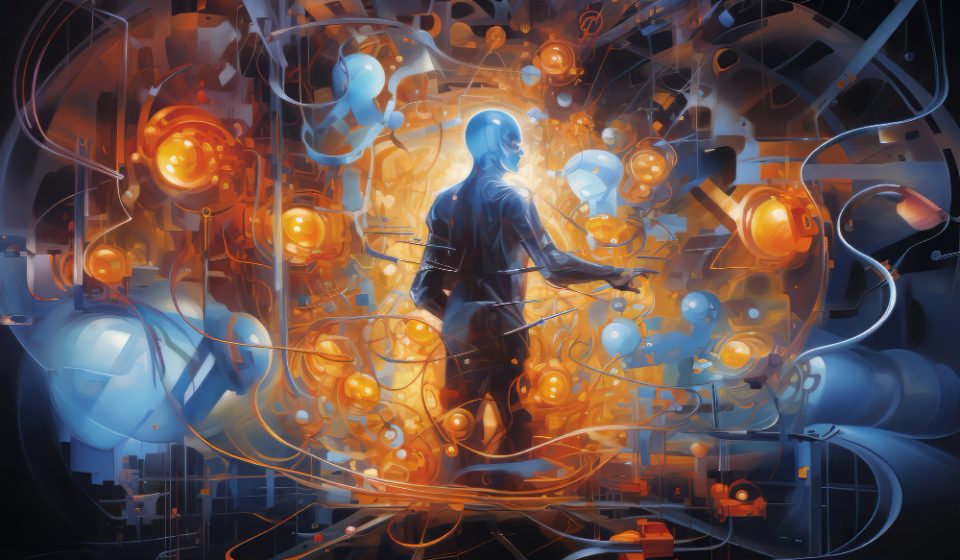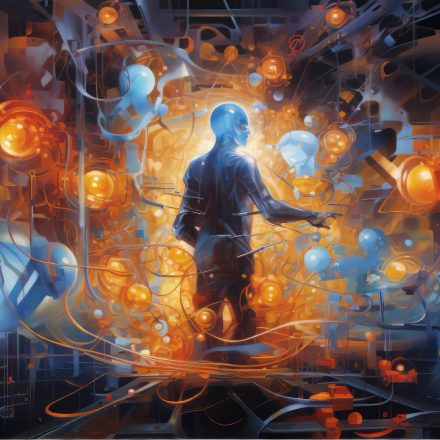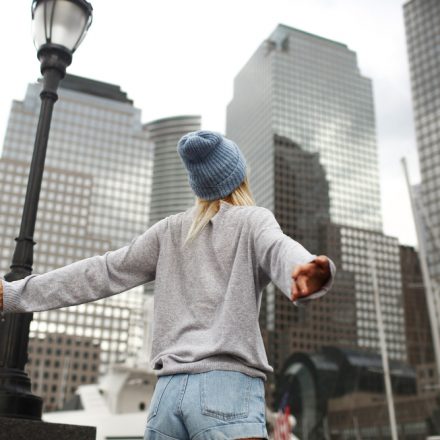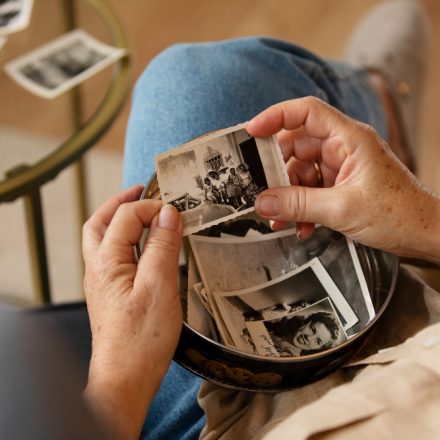
Can Artificial Intelligence Create True Art? Ethical and Creative Dilemmas of the Future
In a world where the boundaries between technology and human creativity blur with every algorithmic brushstroke, the question of whether artificial intelligence can create true art is no longer a distant philosophical musing but a pressing inquiry at the heart of our cultural evolution. The rise of generative systems capable of producing visual masterpieces, composing music, or crafting prose with striking emotional depth challenges our deepest assumptions about authorship, originality, and the very essence of artistic expression. When an AI model trained on countless human-created works learns to imitate nuance, emotion, and inspiration, does it genuinely create art, or only mirror human creativity through mathematical imitation? This conundrum forces society to revisit definitions of artistry and soul — whether they depend on the ineffable human experience, intention, and consciousness, or whether art can exist independently as a product of aesthetic form and interpretive meaning. The ethical implications are equally profound. If creativity, once considered humanity’s most sacred domain, becomes automated, who owns the art—the programmer, the machine, or the collective human data it was trained upon? Moreover, what moral responsibility do creators bear when AI-generated works potentially exploit styles of living artists or incorporate unconscious biases embedded within their data sources? The emergence of autonomous creativity also unsettles long-standing artistic hierarchies: galleries, publishers, and collectors must decide whether AI art deserves equal legitimacy beside human masterpieces. As we confront these dilemmas, art itself may transform—not merely as expression but as a mirror through which humanity reexamines its values, fears, and aspirations in an age when the line between creation and computation fades into something uncomfortably intertwined.
The creative dilemmas born from artificial intelligence are not confined to theoretical discussions of authorship or inspiration—they ripple into the fabric of society, challenging ethics, culture, and the economy of art in ways both subtle and seismic. As algorithms grow increasingly sophisticated, capable of absorbing the totality of human aesthetic heritage at incomprehensible scale, they begin to operate as both inheritors and disruptors of artistic tradition. Yet behind every stunning AI-generated painting, poem, or cinematic frame lies a labyrinth of ethical questions about consent, originality, and ownership. Can we truly celebrate a digital masterpiece built upon the invisible labor of millions of unknown creators whose works form the foundation of its data-driven learning? Should artists be compensated when their unique styles are mimicked by machines that never sleep, never err, and never claim the thrill of inspiration or the agony of failure? At the same time, the allure of AI’s creative potential is undeniable; it empowers individuals without formal training to produce works of beauty and complexity, democratizing access to aesthetic expression. However, this democratization may come at the cost of homogenizing creativity, compressing the diversity of human experience into algorithmic patterns optimized for predictability rather than authenticity. The future of art may depend on how humanity negotiates this balance—whether we treat AI as a collaborator that expands the canvas of possibility or as an uninvited competitor eroding the spiritual and cultural significance of creation itself. Ultimately, these dilemmas compel us to look inward, not merely asking whether machines can feel or imagine, but whether we, as their creators, are willing to redefine what it means to be creative in an age where intelligence—artificial or otherwise—can generate beauty that simultaneously astonishes and unsettles the human soul.







